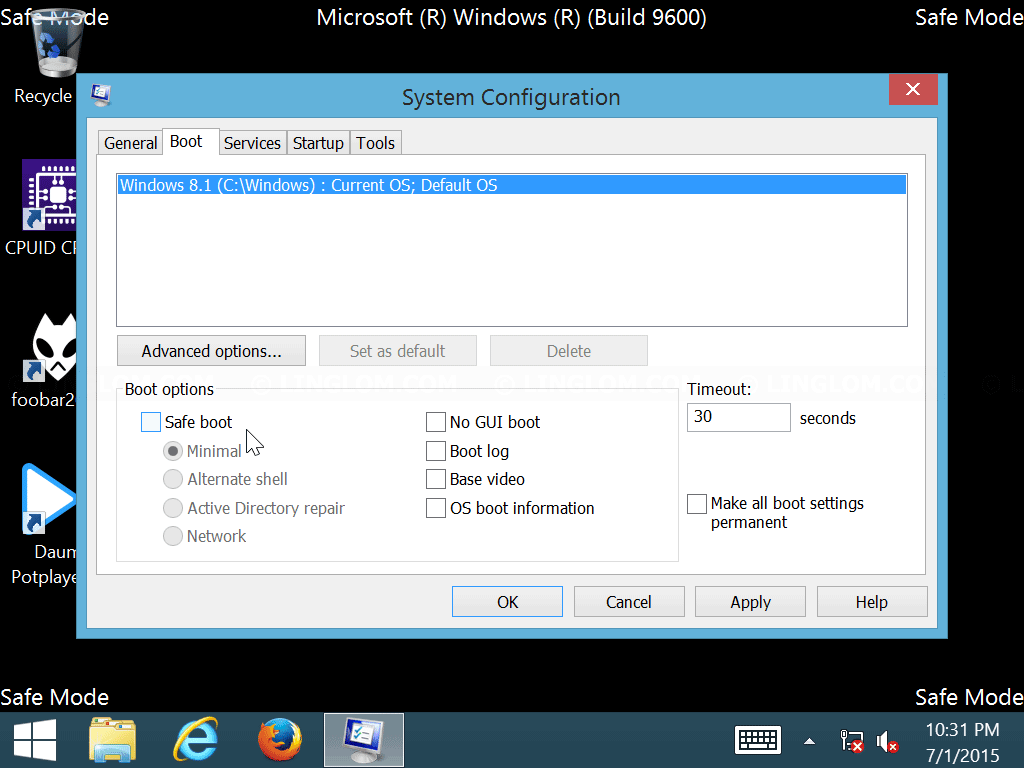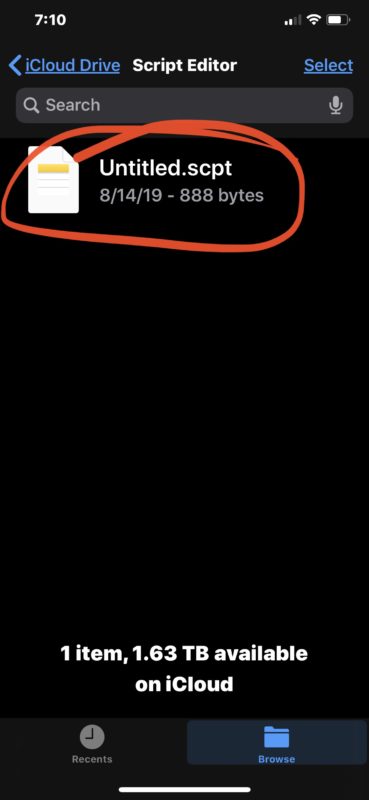In addition to the sparse and preallocated virtual disks, there’s another, orthogonal set of options: split and monolithic. You can have a sparse/split virtual disk (the default in Fusion 2.0), a sparse/monolithic virtual disk (the default in Fusion 1.x), a preallocated/split virtual disk, or a preallocated/monolithic virtual disk.
- Create A Split Zip File
- Mac Split Zip Into Multiple Files Free
- Split Zip Into Multiple Files Mac
- How Do I Zip Multiple Files On A Mac
Split up the file demo.zip into multiple 100 MB files: $ split -b 100m demo.zip. The output files will be named with 3 letters starting xaa, xab, to reassemble them, cat the files in alphabetical order: $ cat `ls x.` demo2.zip “Silence, that frail partition between the ill-concealed and the ill-revealed. ” Samuel Beckett. For example, I had the following 60MB.zip file in my case: Here's the Split command in action: So as you can see, using the -b option, I asked the Split command to break the large.zip file into equal pieces of 20MB each, providing the complete name of the compressed file as well as the prefix text.
Feb 06, 2013 Since the split files will be created in the same folder your original file is in, I recommend creating a new folder and putting the file you are splitting in it. Splitting a File: Right click the file you want to split, then roll your mouse over the 7-Zip, then click Add to archive. In my tests I am splitting a testfile.exe that is 625MB. One of the most known methods of splitting files into multiple parts is by using a file archiver. Most archiving software has the ability to create a multi part Zip or 7z archive. We’re looking at PeaZip because it can actually split files by creating a multi part archive or using the standard method of splitting the file like the tools above. Instead of using ls and grep and zip's -@, you can use shell globs to select files directly on the zip command line e.g. Zip files.zip file. or zip images.zip.jpg. Also, when using a list of filenames from a file, you can use redirection instead of invoking a separate cat process, zip files.zip -@ zip.lst – steeldriver May 25 '16 at 0:28.
While sparse vs. preallocated affects how the data inside the guest is stored in the .vmdk file, split vs. monolithic affects how the .vmdk file is stored on the host. In a monolithic virtual disk, everything in a virtual disk is kept in one file – this includes metadata about the virtual disk (e.g. size, geometry, parent disk, and so on). Note: You might still have multiple vmdk files in a virtual machine (either because you have multiple disks or because you have snapshots). The previous posts about sparse and preallocated virtual disks showed monolithic disks.

In contrast, a split virtual disk is, well, split into multiple files. There’s a small, plaintext metadata file, and a number of slice files. If you have a preallocated/split virtual disk, each slice (except possibly the last) will be 2 GB. If you have a sparse/split virtual disk, each slice can be up to 2 GB, depending on how much data falls into that slice. Preallocated/split virtual disks have a -f### suffix (where ### is a number), while sparse/split virtual disks use a -s### suffix.
So why choose one over the other? Split disks are critical in some cases – for example, some filesystems (such as FAT) can’t deal with files larger than a certain size. By splitting virtual disks to be below this limit (typically 4 GB), you can keep a virtual machine on such a filesystem without losing data. Another advantage of split disks is that you don’t need as much space to consolidate snapshots or shrink virtual disks. We try hard not to lose data, so rather than doing these operations in place (where something could go wrong if the power fails), we make a copy and only replace it when we’re sure it succeeded. Because of this, if you use a monolithic disk, you might need as much free space as the virtual disk occupies to complete such an operation. On the other hand, with a split virtual disk, you only need 2 GB (or less, if you have a sparse slice that’s smaller) since each slice can be done individually.
Create A Split Zip File
On the other hand, monolithic disks have some advantages too. In addition to more obvious limited computing resources such as CPU or disk space, one of the not as well known ones is something called file handles. OSes need to keep track of which files are being used, and has a limited number of file handles to do this with. If the OS runs out of file handles, no more files can be opened. Remember that you’re using a lot more files than just the documents you’re working on – programs need to open files to read resources, for temporary use, and lots of other not immediately obvious things. With a monolithic virtual disk, you use only one file handle per virtual disk. With a sparse virtual disk, you use one file handle per slice, which can quickly add up if you’ve got a large virtual disk with a lot of snapshots.

Mac Split Zip Into Multiple Files Free
| Click here to return to the 'Create split zip files from the command line' hint |
The -s parameter splits the archive into multiple zipped files fine, but how do I unzip them? Using unzip from the command only looks at the very last file in the archive, and when you specify the first file (.z01), it errors out with:
$ unzip bws.z01
Archive: bws.z01
End-of-central-directory signature not found. Either this file is not
a zipfile, or it constitutes one disk of a multi-part archive. In the
latter case the central directory and zipfile comment will be found on
the last disk(s) of this archive.
unzip: cannot find zipfile directory in one of bws.z01 or
bws.z01.zip, and cannot find bws.z01.ZIP, period.
Split Zip Into Multiple Files Mac
The Unarchiver (free in MAS), unzips the split zip just fine, but hell if I can't find a way to get unzip at the command line to do the same thing.
How Do I Zip Multiple Files On A Mac
Why not create the zip file and then use the split command to make your chunks? Those files can simply be concatenated and unzipped.

You and I could definitely do that, and that is certainly the way I would've gone if I wanted to split up a tgz file. My mom… not so much, especially not on Windows. If she were using a Mac I probably would've gone with a sparse bundle DMG file.
As I mentioned in the OP, the man page for zip explains the difference between that approach and using the split zip method.
Split zip is just one alternative to this problem, and it happens to have built in support on both Windows and OS X.
The rar command line tool can be downloaded as (never ending) trialware at rarlab.com. Unrar is free on all platforms. Usage: 'rar a -m0 -v4700000 archivename filename(s)' where a = add (create archive), -m0 = no compression (-m5 = max compression, not useful for video plus it takes much longer), -v with max size in KB (1000 bytes, append 'k' for size in 1024 bytes: -v4589843k).
Uh, what?
'It appears that OSX 10.8 removed the tar --tape-length flag'
Not really. Our fine friends at Apple have chosen to remind us there are other versions of software beside that provided by GNU. Mac OS X appears to have moved 'tar' to be 'bsdtar' and gnu tar is now 'gnutar'. Actually, it's a symlink. Do 'ls -l /usr/bin/tar' to see.
Try this:
gnutar --tape-length=102400 -cMv --file=tar_archive.{tar,tar-{2..100}} [files to tar]
Note, I would *NOT* change the link to gnutar. There be dragons.
That is very helpful! I was a little taken aback when I found that normal 'tar' didn't have the --tape-length flag, even for historical purposes. Knowing about gnutar is very helpful, thanks for pointing it out!